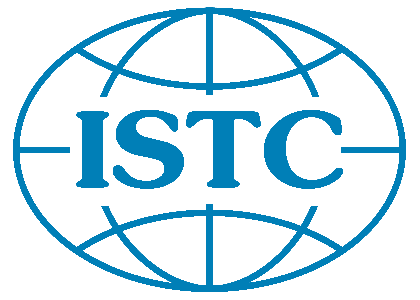Railway transport

Training is intended for the management, engineering and rank-and-file personnel of enterprises, as well as other professionals involved in the transport of dangerous goods and handling activities in relation to them in railway transport. In accordance with the requirements of international documents based on the UN Model Regulations on the Transport of Dangerous Goods, all persons engaged in transport of dangerous goods and other operations with them are required to undergo specialized training. In addition, in accordance with the order of the Ministry of Transport of Russia dated February 18, 2021 № 41 "On approval of the Procedure and terms for the certification of railway workers responsible for loading, stowage, securing cargo in wagons, containers and unloading cargo, as well as the Procedure for the formation of certification commissions » (Registered with the Ministry of Justice of the Russian Federation on May 28, 2021, registration № 63679) owners of public railway transport infrastructure, carriers, legal entities, individual entrepreneurs engaged in loading, stowage, securing cargo in wagons, containers and unloading cargo, including dangerous goods, with whom the certified employee has concluded an employment contract, are obliged to systematically certify such employees.
Within the framework of this direction, the following training programs have been developed at the ISTC:
- handling activities in relation to dangerous goods in railway transport (40 academic hours for management and engineering staff, 24 academic hours for rank-and-file employees);
- transport and storage logistics in relation to dangerous goods (40 academic hours for management and engineering staff, 24 academic hours for rank-and-file employees).
The main international and national regulatory documents that trainees study in the course include: the UN Model Regulations on the Transport of Dangerous Goods, the Globally Harmonized System of Hazard Classification and Labeling of Chemicals, Annex 2 “Regulations for the Transport of Dangerous Goods” to the Agreement on International Cargo Transport by Rail, Regulations on the International Carriage of Dangerous Goods by Rail (RID), the IMO/ILO/UNECE Code of Practice for Packing of Cargo Transport Units (CTU Code), Rules for the Transport of Dangerous Goods by Rail (approved by the CIS Council on Railway Transport, protocol dated April 05, 1996 № 15, as amended), Rules for the carriage of liquid cargo in bulk in tank wagons and bunker-type wagons for the transportation of oil bitumen (Annex № 14 to the protocol of the CIS Council on Railway Transport dated May 22, 2009 № 50, as amended), emergency cards for dangerous goods transported by railways of the CIS, the Republic of Latvia, the Republic of Lithuania, the Republic of Estonia (approved by CIS Council on Railway Transport, protocol dated May 30, 2008, № 48, as amended
Candidates for training must have a higher or secondary specialized education, or at the time of training they must be trained in programs of higher or secondary specialized education. Upon completion of training, course graduates who have successfully passed the exam receive certificates of advanced training of the established form. Graduates from among the management and engineering staff with sufficient experience in working with dangerous goods may, upon their personal applications, be nominated for certification by the International Dangerous Goods and Containers Association as advisers on the safe transport of dangerous goods. The validity period of the adviser's certificate is 5 years.


